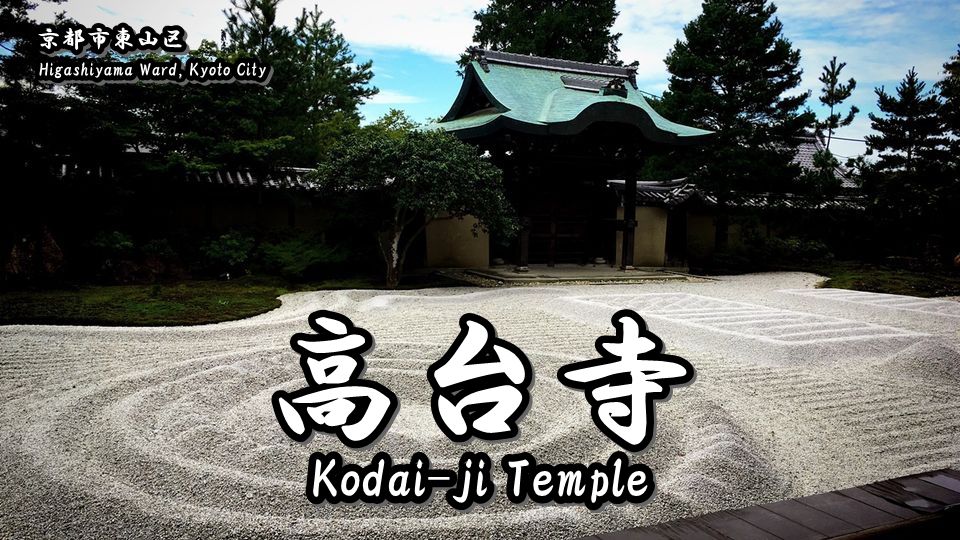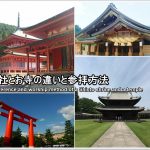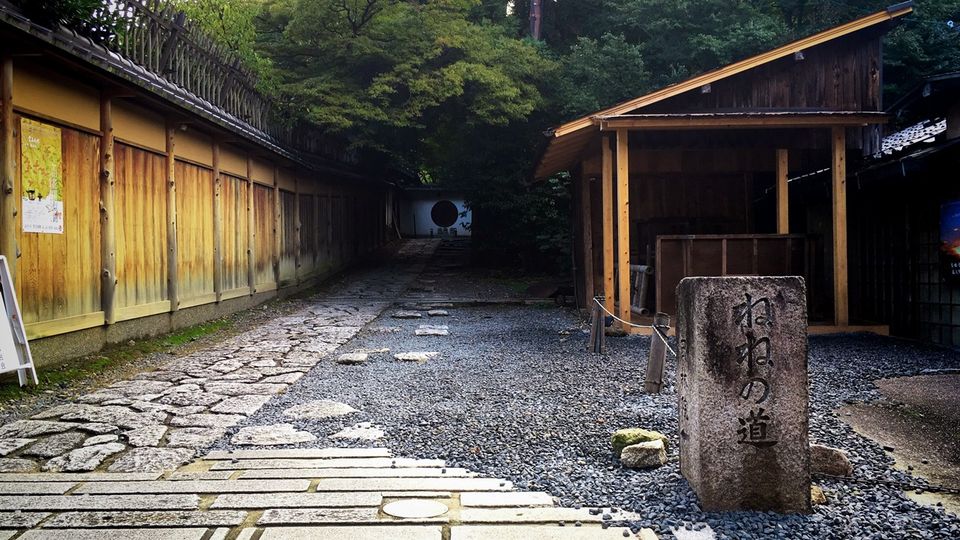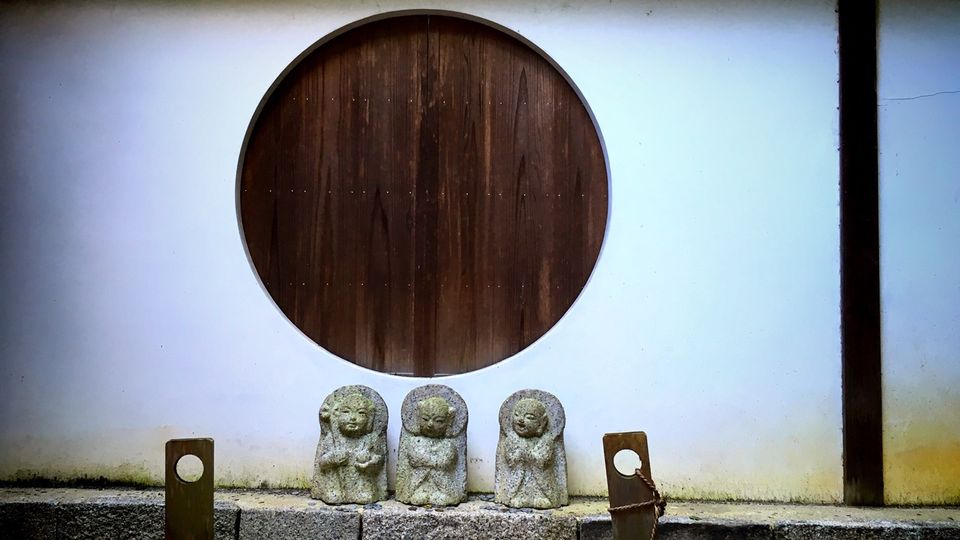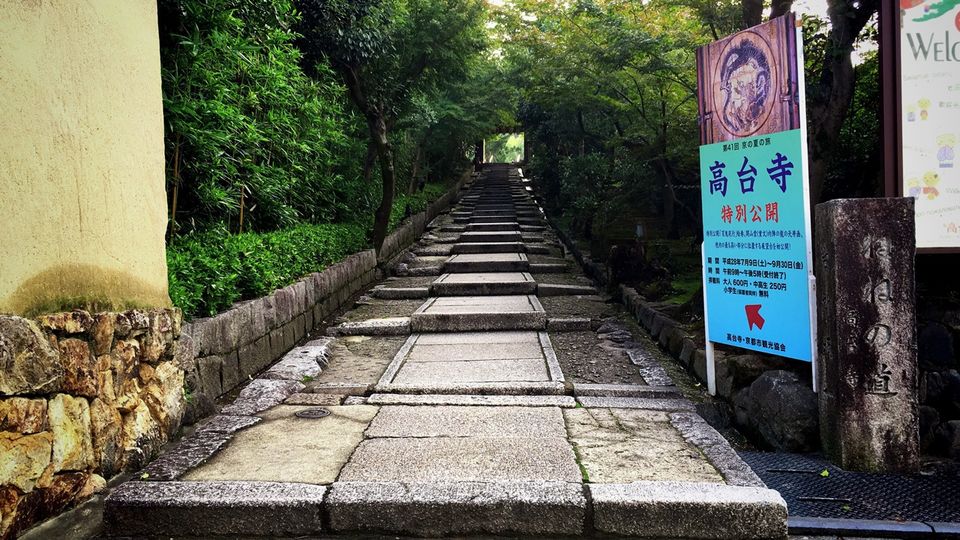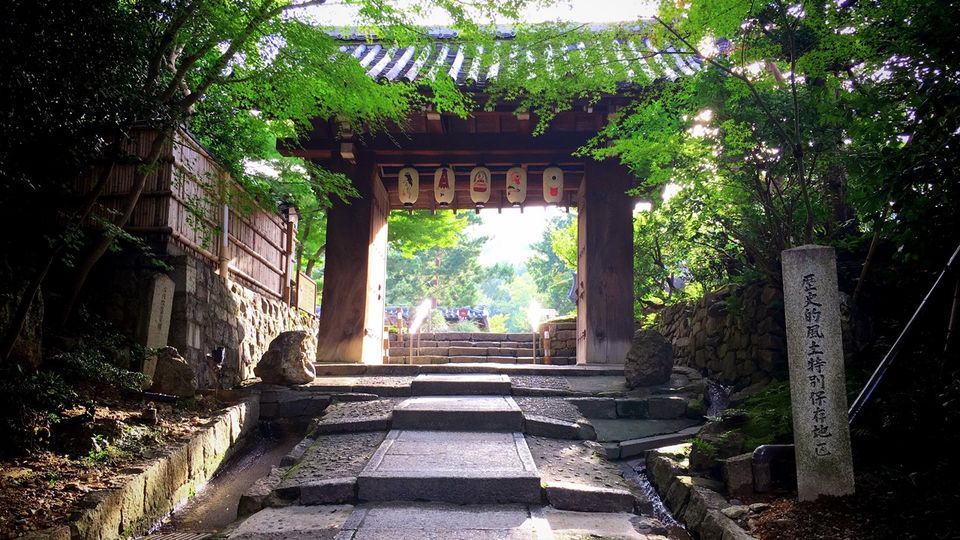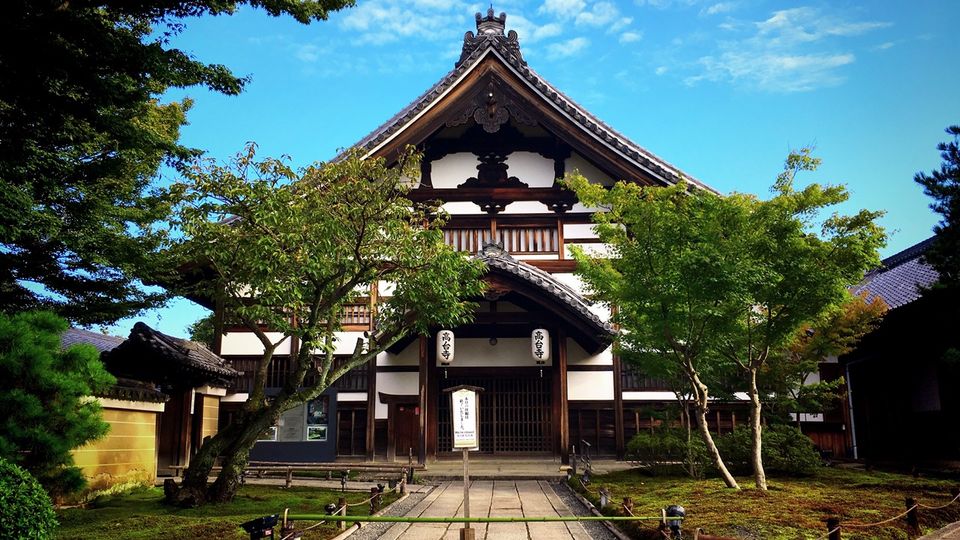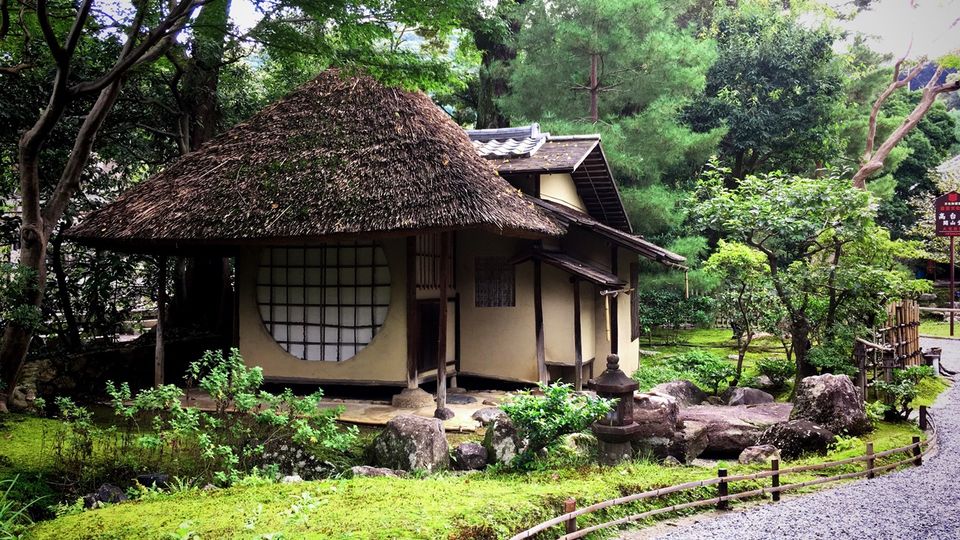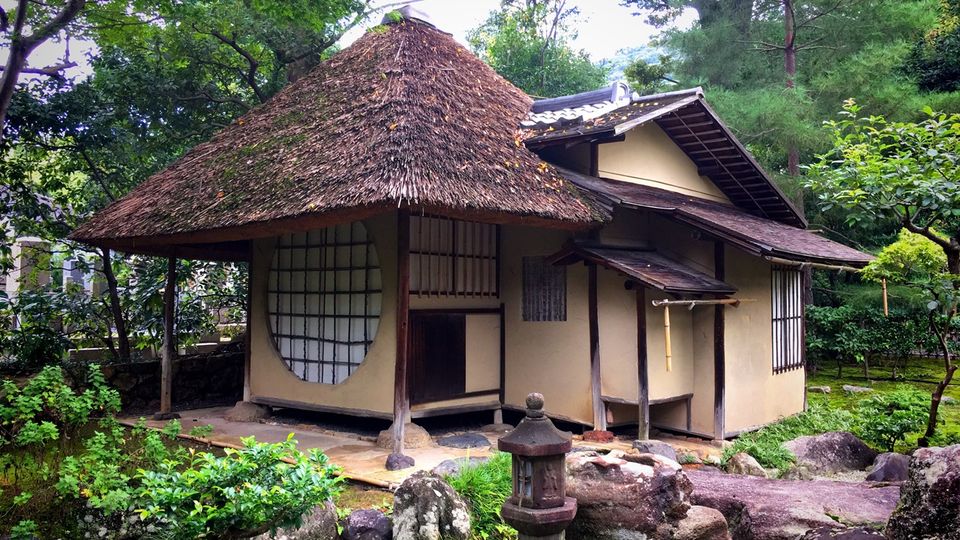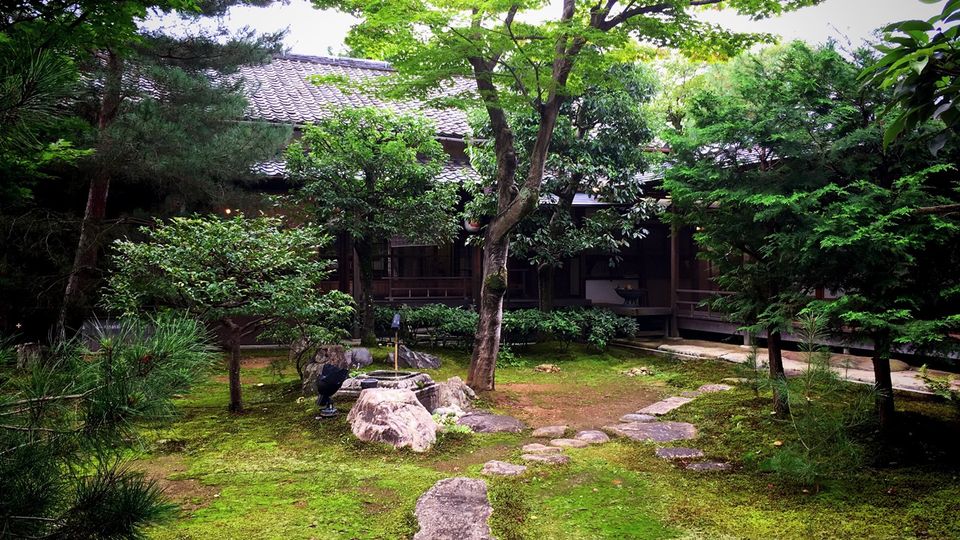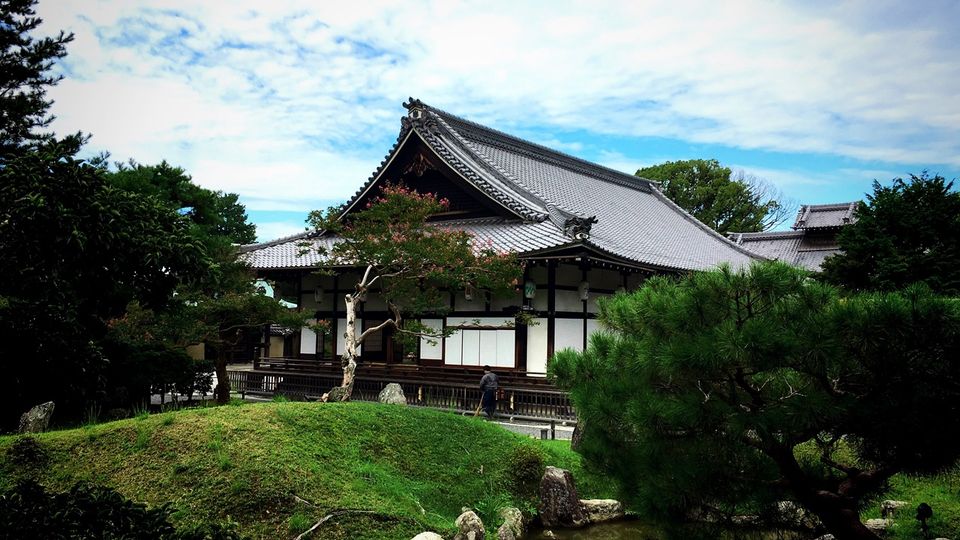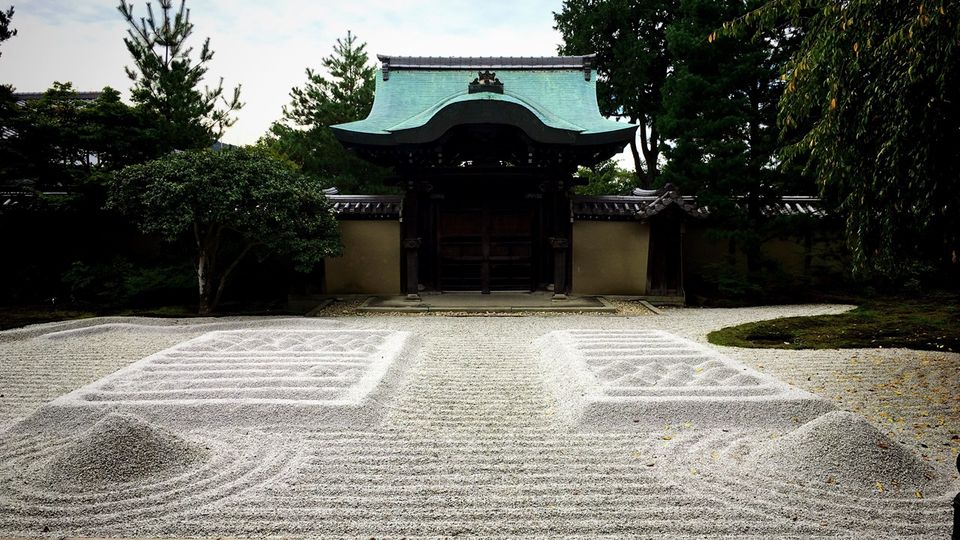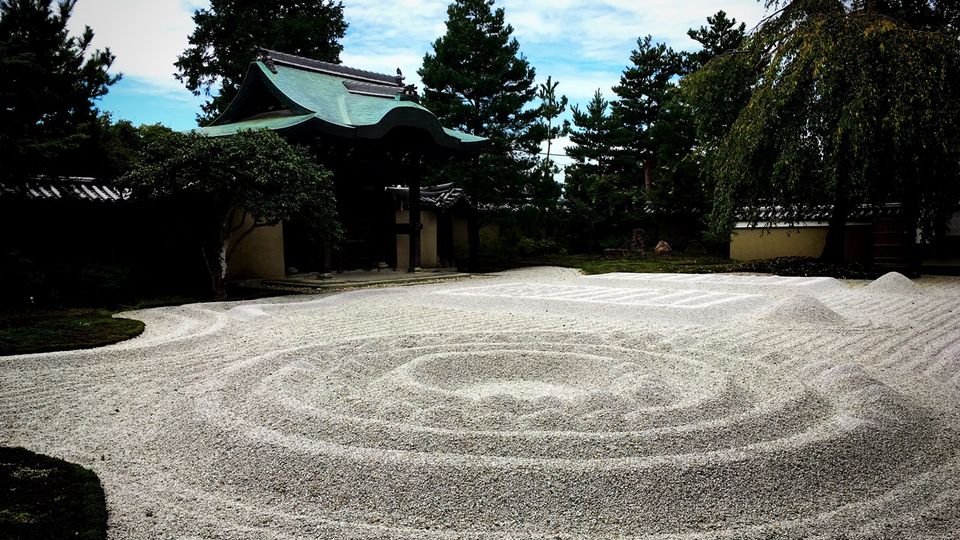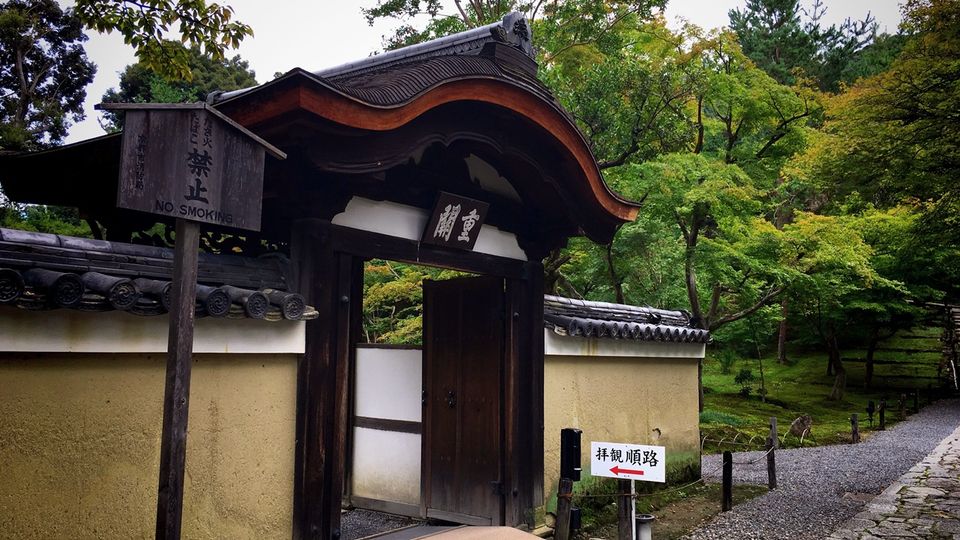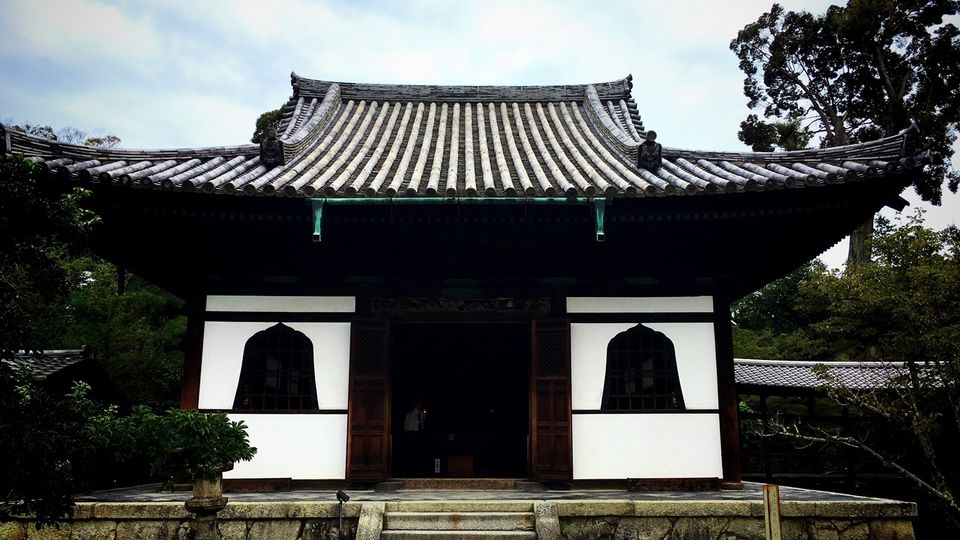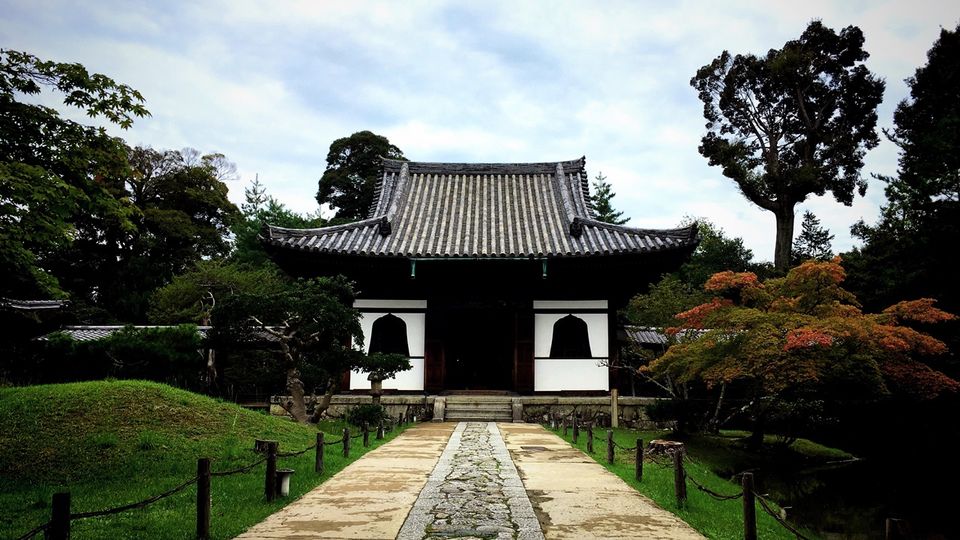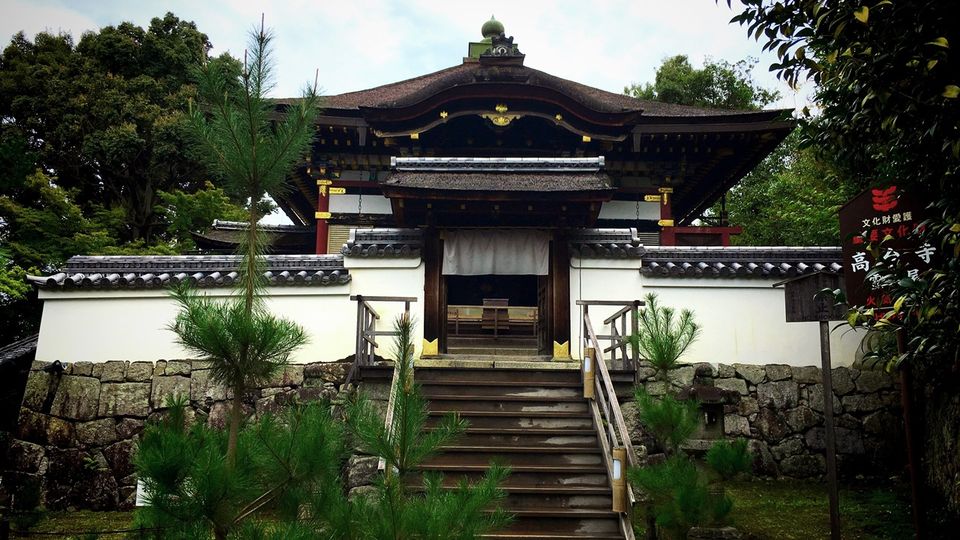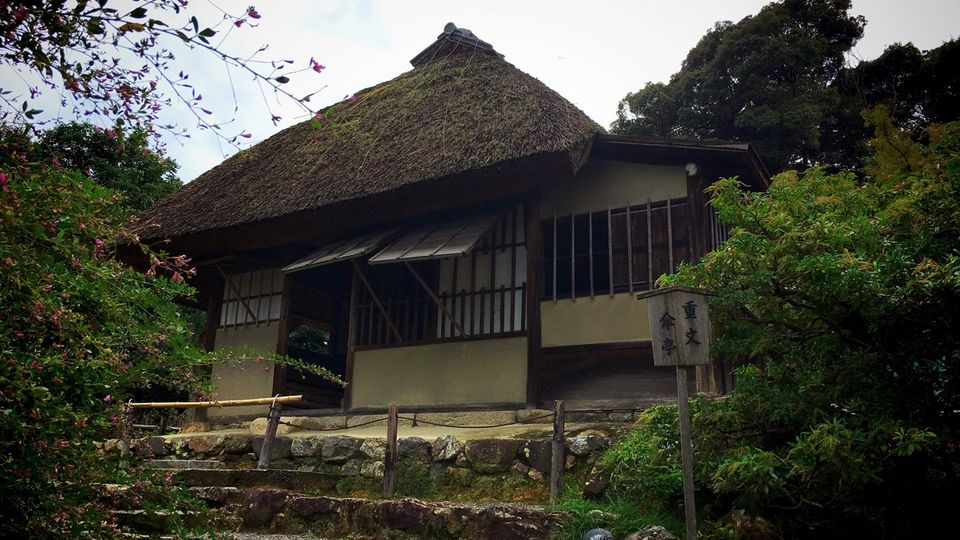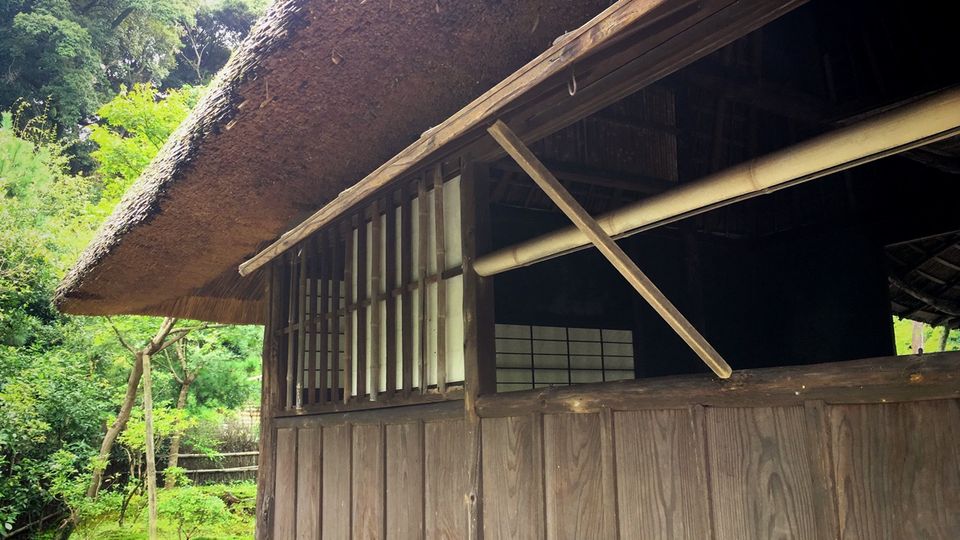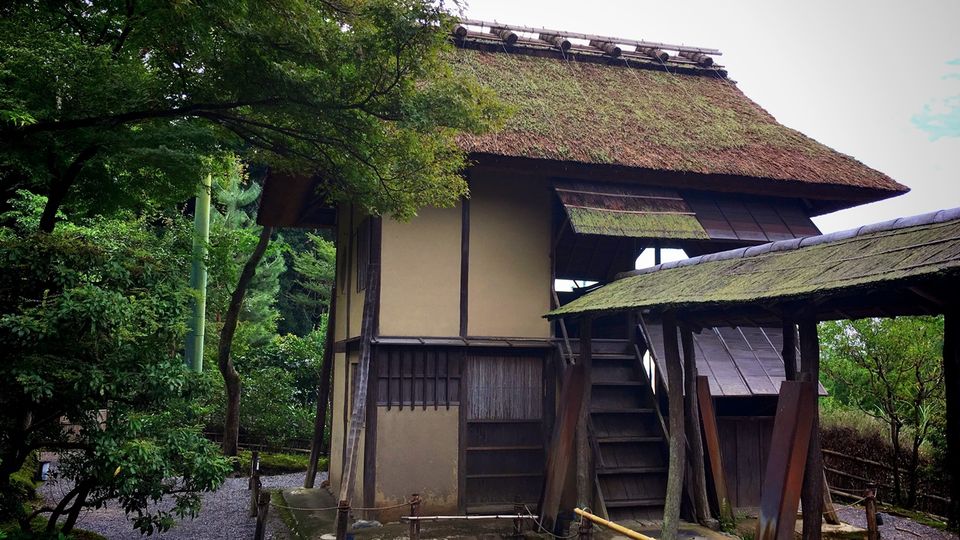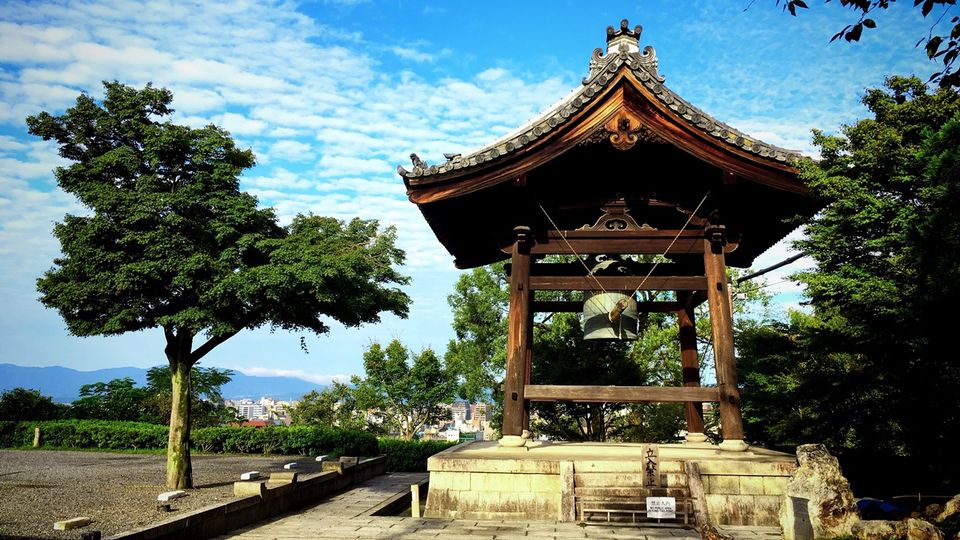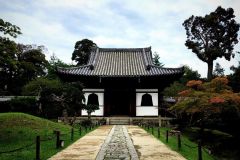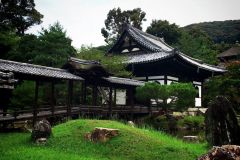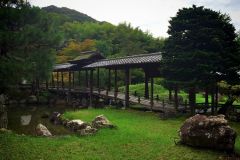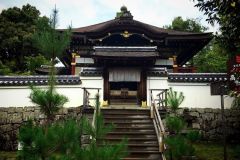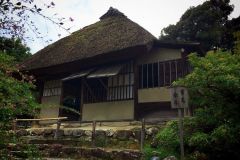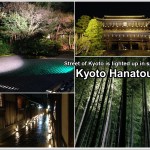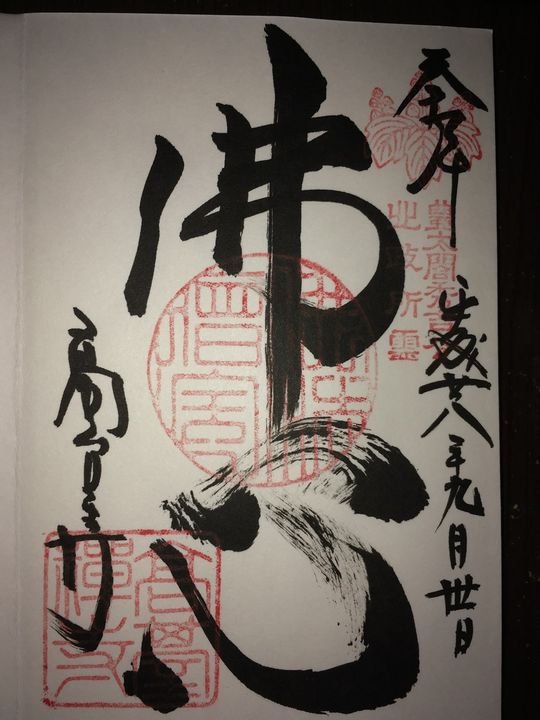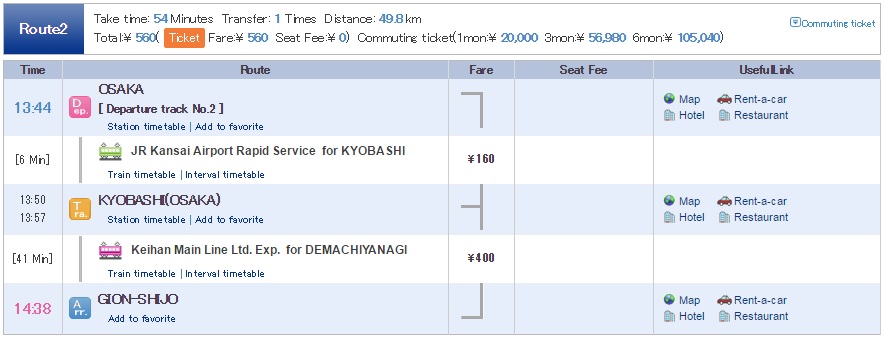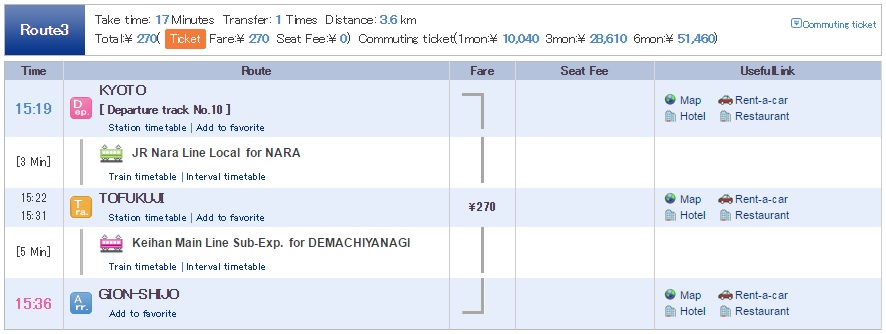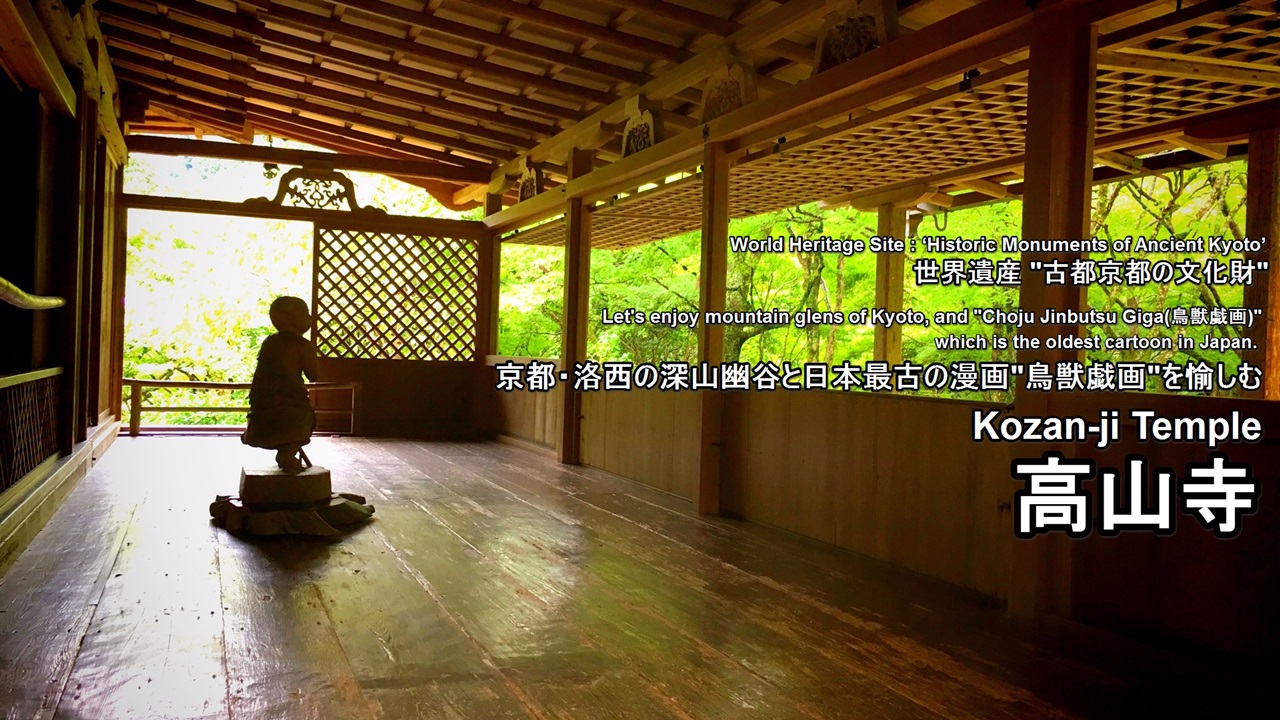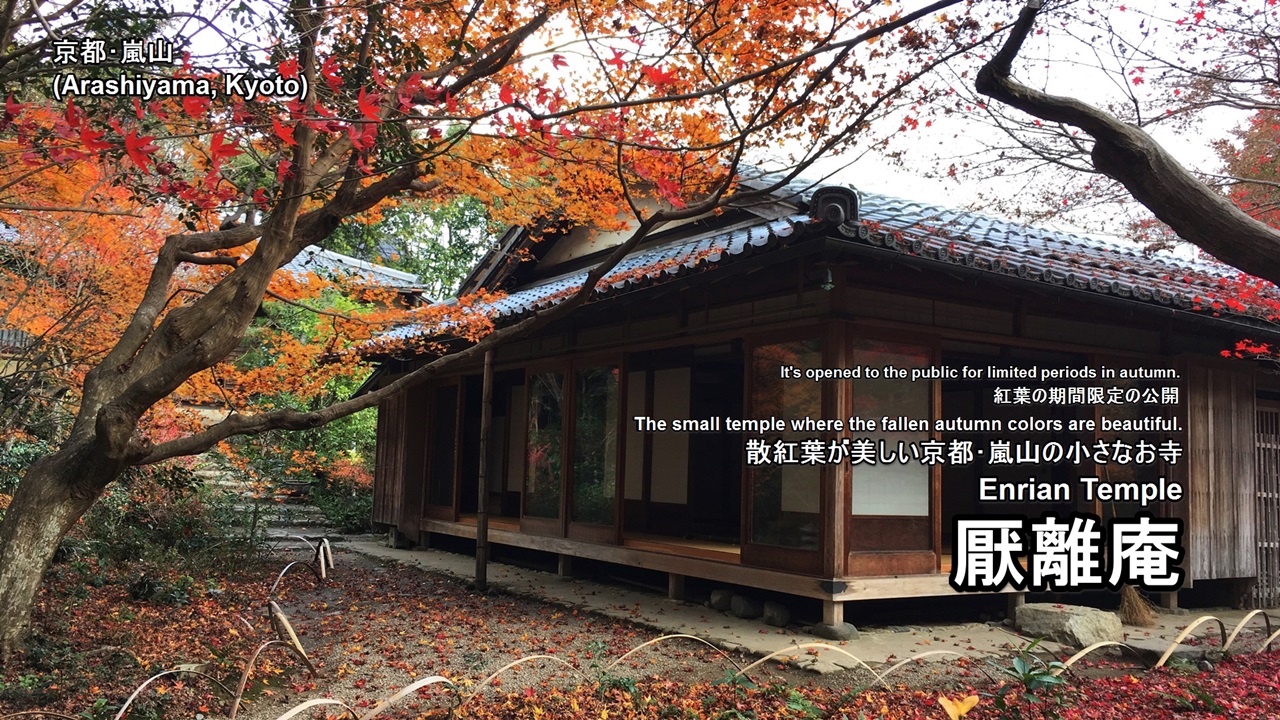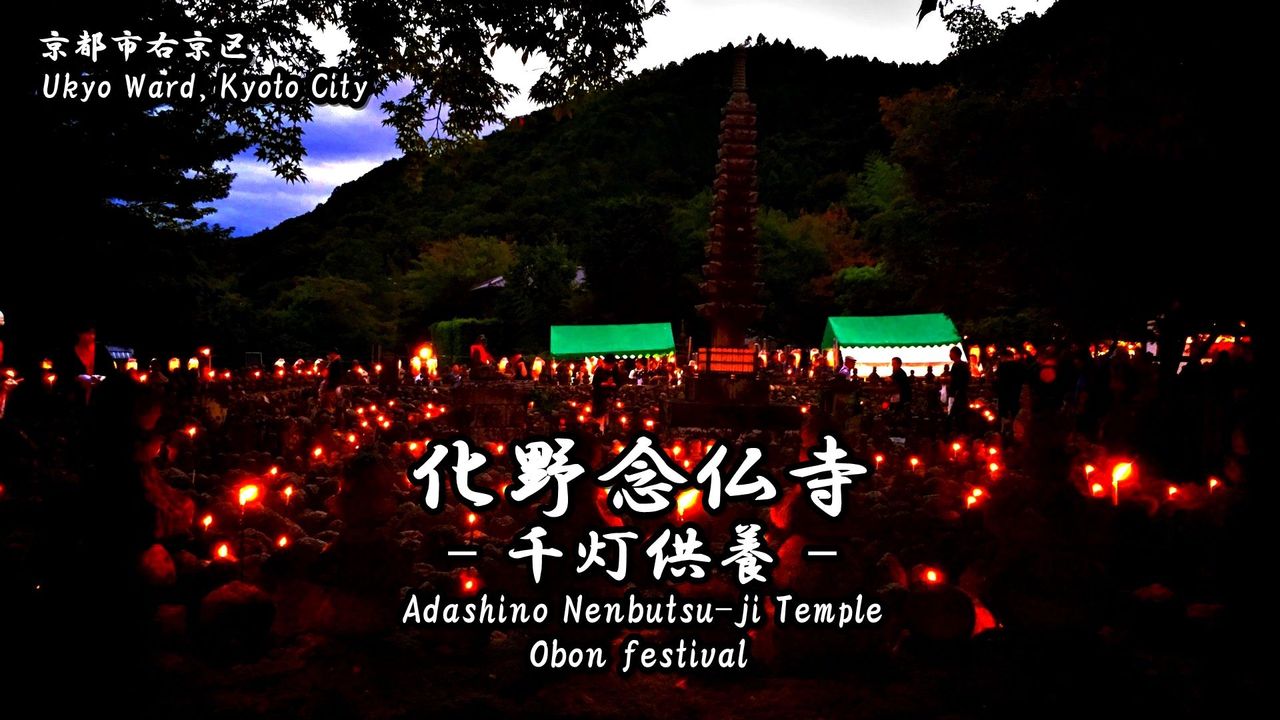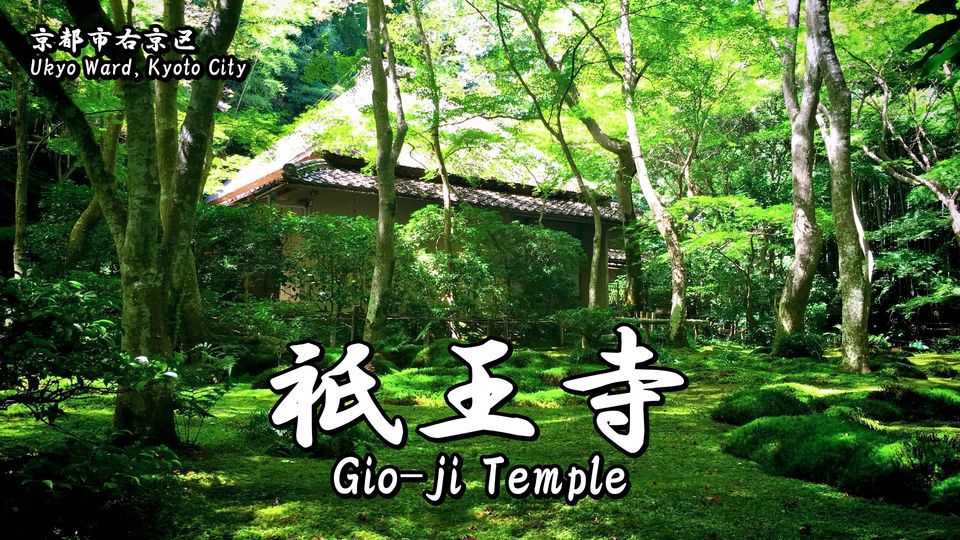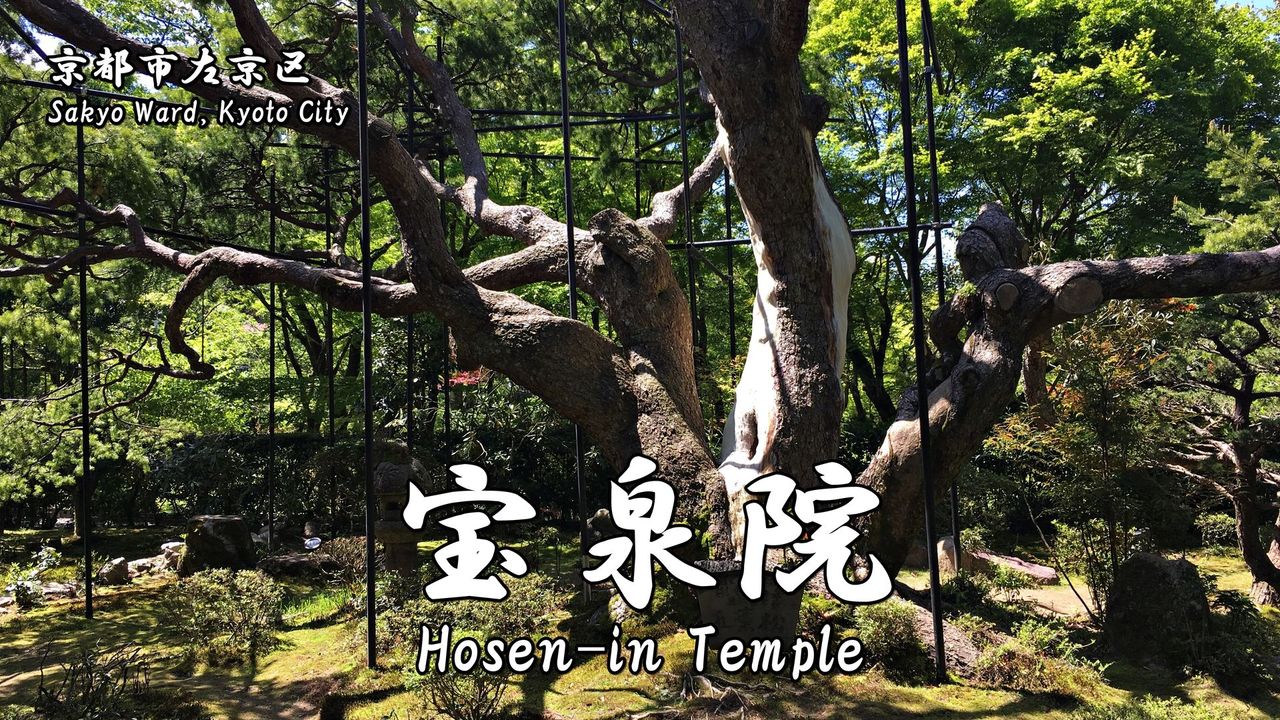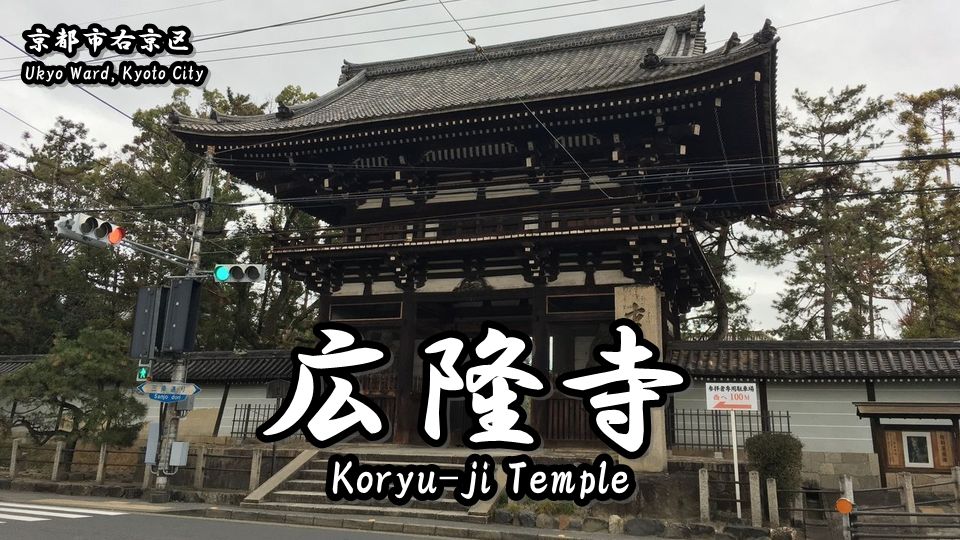Kodai-ji (高台寺)is a Buddhist temple belonging to the Kennin-ji Temple school of the Rinzai Sect located in Higashiyama Ward, Kyoto City, Kyoto Prefecture.
It was founded in 1606 of the early Edo period by Kodai-in (高台院) who was a lawful wife of Hideyoshi TOYOTOMI (豊臣秀吉).
Therefore the name of this temple is Kodai-ji.
It is designated as the Michelin green guide ★★, and the garden is designated as a historic site and a place of scenic beauty.
History of Kodai-ji
Let’s study the history of this temple with me before introducing Kodai-ji (高台寺).
I think that we can enjoy the sightseeing of this temple more by learning the history of it. XD
It was founded by Kodaiin (高台院) who was a lawful wife of Hideyoshi TOYOTOMI (豊臣秀吉).
Hideyoshi Toyotomi died of an illness at 62 years old in 1598.
So, in 1605, she consulted with Ieyasu TOKUGAWA (徳川家康) to build Kodai-ji to pray for the repose of Hideyoshi’s soul, and decided to live in this temple for the rest of her life.
It was originally devoted to the Soto Sect (曹洞宗).
But, in 1624, Kodai-ji invited Rinzai Sect Kennin-ji Temple priest Sanko Joeki (三江紹益) to serve as a reviving founder.
For this reason, Kodai-ji converted from the Soto Sect (曹洞宗) to the Rinzai Sect (臨済宗).
Kodai-in is also called ‘Nene (ねね)‘, ‘Kita no Mandokoro (北政所).’
(She was a daughter of Sadatoshi SUGIHARA (杉原定利) who was the busho (Japanese military commander) in the Sengoku period.)
About Kodai-ji
Information
Address:526, Shimokawaracho, Higashiyama-ku Kyoto-shi, Kyoto, 605-0825, Japan
Phone number:+81-75-561-9966
Foundation:1606
Founder:Kodaiin(高台院)
Sect:Kennin-ji school of the Rinzai Sect (臨済宗建仁寺派)
Principal image:Shaka Nyorai (釈迦如来)
Open
9:00~17:30
(special night visit ~22:00)
Admission Fee
| Adults | 600 yen |
| High / Junior high students | 250 yen |
Other information
・Please ask temple’s staff where you can take photos and videos.
・Worship method of a shinto shrine and a buddhist temple, please refer to the following article.
Next, Let’s go to see highlights of this temple with me!
Highlights of Kodai-ji
- 表門 (重要文化財):Omote-mon gate (Important cultural property)
- ねねの道:Nene no Michi
- 台所坂:Daidokoro-zaka (slope)
- 山門:San-mon gate
- 庫裏:Kuri
- 湖月庵(茶室)*:Kogetsu-an (Tea house)*
- 遺芳庵(茶室)*:Iho-an (Tea house)*
- 書院*:Shoin*
- 方丈*:Hojo*
- 波心庭*:Hashin-tei (garden)*
- 勅使門*:Chokushi-mon gate*
- 中門*:Chu-mon gate*
- 庭園(史跡/名勝)*:Garden(Historic Sites / place of scenic beauty)*
- 開山堂 (重要文化財)*:Kaizan-do (Important cultural property)*
- 観月台 (重要文化財)*:Kangetsu-dai (Important cultural property)*
- 臥龍廊*:Garyu-ro*
- 霊屋 (重要文化財)*:Otama-ya (Important cultural property)*
- 傘亭(茶室) (重要文化財)*:Kasa-tei(Tea house) (Important cultural property)*
- 時雨亭(茶室) (重要文化財)*:Shigure-tei(Tea house) (Important cultural property)*
- 雲居庵(茶室)*:Ungo-an(Tea house)*
- 鐘楼:Shoro (bell tower)
- 天満宮:Tenman-gu (shrine)
This seal (*) is a pay area.
表門 (重要文化財):Omote-mon gate (Important cultural property)
Omote-mon gate have been designated as important cultural property, was reconstructed in the Azuchi-Momoyama Period (安土桃山時代).
ねねの道:Nene no Michi
Approach to the temple is called ’Nene-no-michi (ねねの道:Nene’s Street).’
‘Nene (ねね)’ is the true name of Kodaiin who was the founder of this temple.
台所坂:Daidokoro-zaka (slope)
The slope which lead from Nene-no-Michi path to the Kodai-ji precincts is called ‘Daidokoro-zaka (台所坂).’
山門:San-mon gate
The gate built on the top of Daidokoro-zaka is San-mon gate.
庫裏:Kuri
Kuri refers to a single building among a Buddhist temple complex.
湖月庵(茶室)*:Kogetsu-an (Tea house)*
Kogetsu-an has the role of a tea house.
遺芳庵(茶室)*:Iho-an (Tea house)*
Iho-an has the role of a tea house.
This is the building which Shoeki HAIYA (灰屋紹益) who was the wealthy merchant of Kyoto built for Yoshino Tayu (吉野太夫) who was the wife of him.
書院*:Shoin*
方丈*:Hojo*
Hojo was reconstructed in 1912 of Taisho period.
Sitting statue of Shaka Nyorai, the principal image of this temple, is enshrined in this building.
波心庭*:Hashin-tei (garden)*
Front garden of Hojo is called ‘Hashin-tei (波心庭).’
It is a Japanese rock garden (Karesansui:枯山水) which famous for a characteristic ripple mark.
Projection mapping is held in spring and autumn season at this garden.
勅使門*:Chokushi-mon gate*
Chokushi-mon gate was reconstructed in 1912 of Taisho period.
中門*:Chu-mon gate*
Chu-mon gate has a role as a entrance of the garden.
庭園(史跡/名勝)*:Garden(Historic Sites / place of scenic beauty)*
Kodai-ji garden is designated as a national historic and beautiful site.
開山堂 (重要文化財)*:Kaizan-do (Important cultural property)*
Kaizan-do is designated as an important cultural property, and reconstructed in 1605 of the Edo period.
Statue of Sanko Joeki (三江紹益) who was the restoration patriarch of this temple is enshrined in this building.
And there is the picture of dragons which was drawn by Sanraku KANO (狩野山楽) on the ceiling of this building.
観月台 (重要文化財)*:Kangetsu-dai (Important cultural property)*
The small building in the middle of the corridor is Kangetsu-dai which is designated as an important cultural property.
It is said that Kodaiin thought of the memory with Hideyoshi while watching the moon here.
臥龍廊*:Garyu-ro*
Corridor in the right side of Kaizan-do is called Garyu-ro.
霊屋 (重要文化財)*:Otama-ya (Important cultural property)*
Otayama-ya was built in 1605 of the early Edo period, and it has been designated as an important cultural property.
Statues of Hideyoshi and Kodaiin are enshrined in this building.
傘亭(茶室) (重要文化財)*:Kasa-tei(Tea house) (Important cultural property)*
Kasa-tei has the role of a tea house, and it has been designated as an important cultural property.
It is said to have been relocated to this temple from Fushimi-jo (伏見城) and particularly favored by SEN no Rikyu (千利休).
The ceiling of this building is made with bamboo.
Because the framework of ceiling is totally like the umbrella, this building is called Kasa-tei. (‘Kasa’ has a meaning of umbrella.)
時雨亭(茶室) (重要文化財)*:Shigure-tei(Tea house) (Important cultural property)*
Shigure-tei has a role of the tea house, and it has been designated as an important cultural property.
It is a rare tea house because it has a two-storey structure.
雲居庵(茶室)*:Ungo-an(Tea house)*
Ungo-an has a role of the tea house.
The old days, here was the temple called ‘Ungo-ji (雲居寺).’
We can drink powdered green tea here. (500 yen.)
鐘楼:Shoro (bell tower)
天満宮:Tenman-gu (shrine)
Tenman-gu was built in 1606 of the early Edo period.
SUGAWARA no Michizane (菅原道真), God of the study, is enshrined in this shrine.
Video of Kodai-ji
Photos of Kodai-ji
Kyoto Higashiyama Hanatouro
Illuminations event called ‘Kyoto Higashiyama Hanatouro (京都東山花灯路)‘ is held every spring in Higashiyama, Kyoto.
Kodai-ji is also a venue of this events.
Goshuin (Red ink stamp) of Kodai-ji
Goshuin of this temple is “Busshin (佛心)” which has the meaning of ‘spirit of Buddha’.
We can get this goshuin in the reception desk of the entrance. (300 yen)
How to get to Kodai-ji
Nearest station is “Keihan Gion-Shijo Station” or “Kyoto Kawaramachi Station”.
We can also go by bus from ‘JR Kyoto Station’, ‘Hankyu Kawaramachi Station’ and ‘Keihan Gion-Shijo Station’.
From Osaka Sta. to Gion-shijo Sta. (by train)
Timetable and Route Search (train)
1.Get on the JR Loop Line from Osaka Station to Kyobashi Station and change to the Keihan Railway.
2.Get on the Keihan Railway from Kyobashi Station to Gion-shijo Station.
From Namba Sta. to Gion-shijo Sta. (by train)
Timetable and Route Search (train)
1.Get on the Osaka Metro Midosuji-Line from Namba Station to Yodoyabashi Station and change to the Keihan Railway.
2.Get on the Keihan Railway from Yodoyabashi Station to Gion-shijo Station.
From Kyoto Sta. to Gion-shijo Sta. (by train)
Timetable and Route Search (train)
1.Get on the JR Nara Line from Kyoto Station to Tofukuji Station and change to the Keihan Railway.
2.Get on the Keihan Railway from Tofukuji Station to Gion-shijo Station.
From Gion-shijo Station (on foot)
It’s about 20 minutes (1 km) on foot.
no images were found
Get on a bus from JR Kyoto Station
Timetable and Route Search (bus)
Please get on a Kyoto City Bus No.206 (Kyoto Sta.[D2] bus stop) and get off Higashiyama Tasui bus stop.
Bus company:Kyoto City Bus
Routes/Destination:No.206[Bound for Gion Via Kiyomizu-dera Temple]
Boarding bus stop:Kyoto Sta.[D2]
Alighting bus stop:Higashiyama Yasui
Bus fare:230 yen
Time required:About 19 min
Get on a bus from Kyoto Kawaramachi Station
Timetable and Route Search (bus)
Please get on a Kyoto City Bus No.207 (Shijo Kawaramachi [E]) and get off Higashiyama Yasui bus stop.
Bus company:Kyoto City Bus
Routes/Destination:No.207[Bound for Tofukuji Temple Via Kiyomizu-dera Temple]
Boarding bus stop:Shijo Kawaramachi[E]
Alighting bus stop:Higashiyama Yasui
Bus fare:230 yen
Time required:About 8 min
Get on a bus from Gion-shijo Station
Timetable and Route Search (bus)
Please get on a Kyoto City Bus No.10 (Shijo Keihan-mae [A]) and get off Higashiyama Yasui bus stop.
Bus company:Kyoto City Bus
Routes/Destination:No.207[Bound for Tofukuji Temple Via Kiyomizu-dera Temple]
Boarding bus stop:Shijo Keihan-mae[A]
Alighting bus stop:Higashiyama Yasui
Bus fare:230 yen
Time required:About 7 min
Take a taxi
From Kyoto Station:about 1,800 yen (10 minutes)
From Gion-Shijo Station:about 720 yen (5 minutes)
・Let’s show a taxi driver the following phrase.
・If you want to call a taxi, let’s show the following phrase.
Phone number of taxi dispatch (Kyoto Station)
Hotel search & reservation around Kodai-ji
How did you like it?
Have a nice trip!

